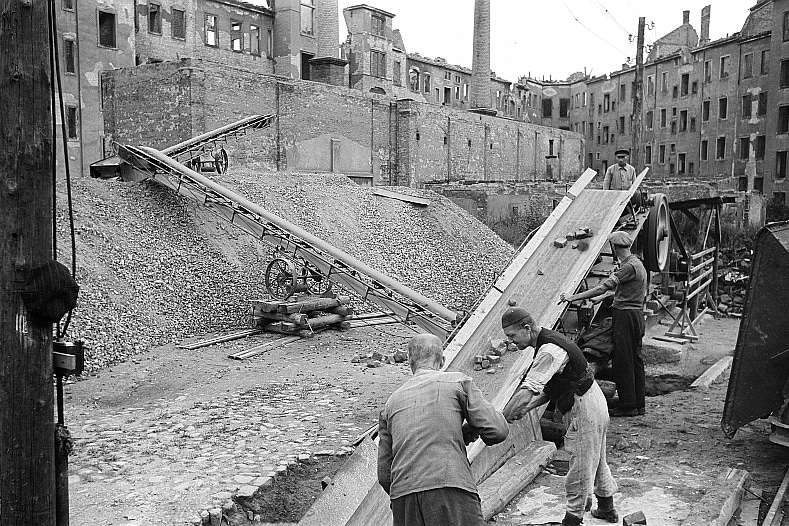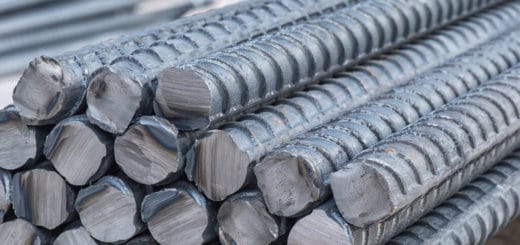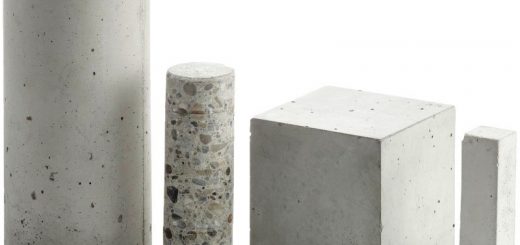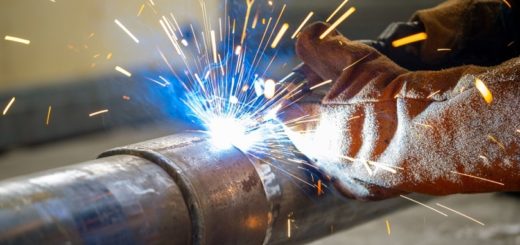Recycled Cement in the Construction Industry
Cement is one of the most widely used building materials in the world, with an annual production of over 4 billion metric tons. However, the production of cement is also responsible for a significant amount of carbon emissions. In recent years, there has been a growing trend towards sustainable construction practices, which has led to an increased interest in recycled cement. Recycled cement is made from waste materials, such as construction and demolition debris, and offers several benefits over traditional cement. In this article, we will explore the benefits and applications of recycled cement in the construction industry.
Table of Contents
- Introduction
- What is Recycled Cement?
- The Production Process of Recycled Cement
- The Benefits of Recycled Cement
- Environmental Benefits
- Economic Benefits
- Durability Benefits
- Energy Benefits
- The Applications of Recycled Cement
- Road Construction
- Building Construction
- Soil Stabilization
- Concrete Products
- Other Applications
- Challenges and Limitations of Recycled Cement
- Conclusion
- FAQs
1. Introduction to Recycled Cement
Cement is a crucial component in construction projects, but the production process of cement is responsible for around 7% of global CO2 emissions. In recent years, there has been a growing awareness of the need for sustainable construction practices to reduce carbon emissions and protect the environment. One of the ways to achieve this is by using recycled cement. Recycled cement is made from waste materials, such as construction and demolition debris, and can provide several benefits over traditional cement.
2. What is Recycled Cement?
Recycled cement is a type of cement made from waste materials such as construction and demolition debris, fly ash, slag, and other industrial by-products. The waste materials are ground into a fine powder and mixed with traditional cement to create a sustainable building material.
3. The Production Process of Recycled Cement
The production process of recycled cement involves grinding waste materials into a fine powder and then mixing them with traditional cement in specific proportions. The waste materials used in the production of recycled cement include construction and demolition debris, fly ash, slag, and other industrial by-products. The proportion of waste material used in the production process can vary depending on the type of recycled cement being produced.
4. The Benefits of Recycled Cement
Environmental Benefits
The use of recycled cement can significantly reduce the amount of waste sent to landfills, which can reduce greenhouse gas emissions and save landfill space. Additionally, the production of recycled cement requires less energy and generates fewer carbon emissions than traditional cement production. This can result in a lower carbon footprint for construction projects.
Economic Benefits
Recycled cement can be a cost-effective alternative to traditional cement. The production process is less expensive, and the use of waste materials can lower the cost of raw materials. Additionally, the use of recycled cement can help companies meet sustainability goals, which can attract environmentally-conscious customers and investors.
Durability Benefits
Recycled cement can have similar or even better durability than traditional cement. The use of waste materials in the production process can lead to higher compressive strength and reduced shrinkage. This can result in a longer-lasting building material.
Energy Benefits
The production of recycled cement requires less energy than traditional cement production. This is because the production process does not require the use of high-temperature kilns to produce clinker, which is the primary ingredient in traditional cement. This can result in significant energy savings and a lower carbon footprint.
5. The Applications of Recycled Cement
Recycled cement can be used in various applications in the construction industry, including:
Road Construction
Road construction is one area where recycled cement can be particularly beneficial. Here are some of the ways that recycled cement can be used in road construction:
- Road base: Recycled cement can be used as a base material for road construction. The recycled cement is mixed with other materials, such as gravel and sand, to create a strong and stable foundation for the road.
- Pavement: Recycled cement can also be used in the production of pavement for roads. The recycled cement is mixed with other materials, such as asphalt and aggregate, to create a durable and long-lasting pavement.
- Soil stabilization: Recycled cement can be used to stabilize soils in road construction projects. The recycled cement is mixed with the soil to improve its strength and stability, which can reduce the need for additional materials and improve the overall quality of the road.
- Embankments: Recycled cement can be used to create embankments for roads. The recycled cement is mixed with other materials, such as soil and gravel, to create a stable and durable embankment that can help prevent erosion and support the road structure.
Overall, the use of recycled cement in road construction can provide a number of benefits, including cost savings, reduced environmental impact, and improved road quality and durability.
Building Construction
Recycled cement can be used in various building construction applications, such as concrete blocks, paving stones, and precast concrete products. These products can be used in the construction of walls, floors, and other structures. Recycled cement can also be used to stabilize soil and improve the strength and durability of building foundations.
Soil Stabilization
Recycled cement can be used to stabilize soil, particularly in areas with poor soil quality or erosion. The addition of recycled cement can increase the stability and load-bearing capacity of soil, making it suitable for construction projects.
Concrete Products
Recycled cement can be used to produce various concrete products, such as pipes, manholes, and precast concrete elements. The use of recycled cement in these products can improve their durability, reduce production costs, and provide a sustainable alternative to traditional concrete products.
Other Applications
Recycled cement can also be used in other applications, such as in the construction of bike paths, sidewalks, and retaining walls. It can also be used as a base material for roadways, which can reduce the amount of virgin materials needed in road construction projects.
6. Challenges and Limitations of Recycled Cement
Despite the numerous benefits of recycled cement, there are also several challenges and limitations associated with its use. One of the main challenges is the variability of the waste materials used in the production process, which can affect the quality and consistency of the final product. Additionally, the use of recycled cement may require changes to construction practices and may require additional testing and certification.
7. Conclusion
Recycled cement offers several benefits over traditional cement, including environmental, economic, durability, and energy benefits. It can be used in various applications in the construction industry, including road construction, building construction, soil stabilization, and concrete products. However, there are also challenges and limitations associated with its use, which must be considered when using recycled cement in construction projects.
8. FAQs
Is recycled cement as strong as traditional cement?
Recycled cement can have similar strength and durability as traditional cement, as long as it is produced and used correctly. However, the quality of recycled cement can vary based on the type and quality of the waste materials used in the production process.
Can recycled cement be used in all types of construction projects?
Recycled cement can be used in various types of construction projects, including road construction, building construction, and soil stabilization. However, the suitability of recycled cement for specific projects may depend on factors such as the quality of the recycled cement and the specific requirements of the project.
Is recycled cement more expensive than traditional cement?
The cost of recycled cement can vary depending on factors such as the availability and quality of the waste materials used in the production process. In some cases, recycled cement may be more expensive than traditional cement, but in other cases, it may be less expensive.
How is the quality of recycled cement ensured?
The quality of recycled cement is ensured through various testing and certification processes, which may vary depending on the specific regulations and standards in the region where the recycled cement is being used. These processes may include testing for strength, durability, and other properties.
Is recycled cement a sustainable building material?
Recycled cement is considered a sustainable building material because it reduces the amount of waste sent to landfills, decreases the need for virgin materials, and requires less energy to produce than traditional cement. Additionally, the use of recycled cement can help reduce greenhouse gas emissions and improve the environmental footprint of the construction industry.
How is recycled cement produced?
Recycled cement is produced by crushing and grinding waste concrete and other construction materials, such as bricks, tiles, and asphalt. The resulting material, called recycled concrete aggregate, is then mixed with cement and water to create new concrete.
What are the environmental benefits of using recycled cement?
Using recycled cement reduces the amount of waste sent to landfills and decreases the need for virgin materials, such as gravel and sand, which can have negative environmental impacts. Additionally, the production of recycled cement requires less energy than the production of traditional cement, which reduces greenhouse gas emissions.
Is recycled cement safe for use in construction projects?
Recycled cement must meet certain quality standards to ensure its safety and suitability for use in construction projects. The use of recycled cement is regulated by government agencies and may require additional testing and certification.
Can recycled cement be used in large-scale construction projects?
Yes, recycled cement can be used in large-scale construction projects, including highways, bridges, and high-rise buildings. However, it may require changes to construction practices and additional testing and certification to ensure its safety and suitability for use in these projects.
How does using recycled cement benefit the construction industry?
Using recycled cement can provide economic benefits to the construction industry by reducing production costs and decreasing the need for virgin materials. Additionally, the use of recycled cement can help construction companies meet sustainability goals and improve their environmental footprint.




